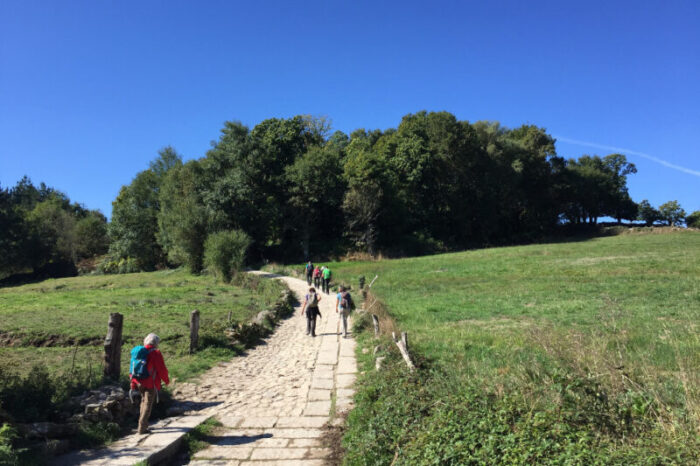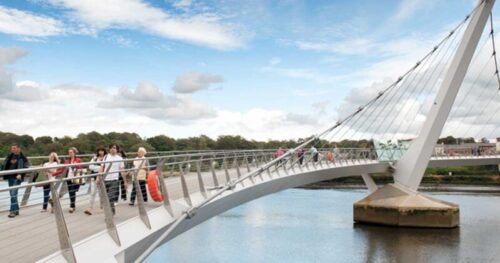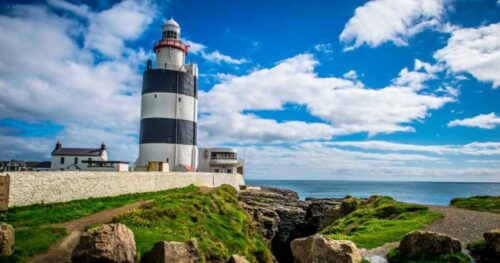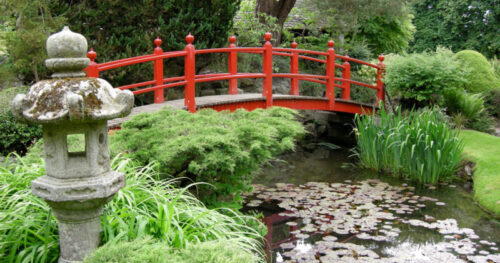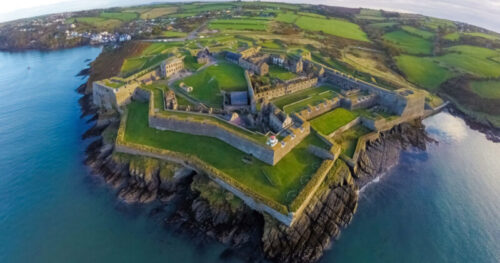Walking the Camino de Santiago during Xacobeo Holy Year, is a life-changing experience that will delight you, a date that is eagerly awaited by pilgrims from all over the world. The well-known pilgrimage routes of the Camino de Santiago (the Way of St. James) are full of events throughout the year: concerts, art exhibitions, conferences, talks, films, educational and academic activities, tourism, volunteering, cuisine, etc.
Follow the Camino de Santiago in Xacobeo year
1. What is a Xacobeo Year?
Xacobeo year, also known as Holy year or Jubilee year, is celebrated every year in which the Day of Saint James the Apostle (25 July) falls on a Sunday. Xacobeo 2021 was one of the most awaited jubilees of the last few years because it comes after the longest period of this celebration, 11 years. Pope Francis has extended the Holy Year 2021 for the whole of 2022 due to the exceptional circumstances arising from the health crisis. Rome took this decision, “taking into account the COVID-19 pandemic, trying to avoid crowds ” and for everyone to fully enjoy the experience safely. Holy Years are rare and happen in a cycle of every 6, 5, 6, and 11 years. The most recent Holy Years for St James were 1982, 1993, 1999, 2004, and 2010. We have finally arrived in Holy Year in 2021! The next Holy Years after will be 2027, 2032, and 2038. If you have ever thought of walking the Camino de Santiago, Xacobeo 2021 is a special year to plan it with plenty of events.
Get the Brochure with all the Camino de Santiago Routes
2. History of Xacobeo Holy year
Pope Callixtus II established the Jacobean Holy Year in 1126. The Catholic Church promised to pardon the sins of everyone who took the pilgrimage to the Apostle’s tomb during Holy Year, which is known as “earning the Jubilee“. Did you know that you could also earn the Jubilee? It is said that if you complete these three steps, the indulgence will be yours 😉
- Visit the Tomb of the Apostle in the Cathedral of Santiago de Compostela.
- Say a prayer and pray for the Pope’s intentions
- Confess and receive communion.
Only during the Holy Year, the cathedral’s Holy Door will be opened so you can experience the privilege of entering the cathedral through it.
3. Camino de Santiago Main Routes
There are many ways and routes to travel the Camino de Santiago, offering different scenery, distances, and experiences.
Camino Francés, or French Way
The most popular route is the Camino Francés, or French Way, named so because most pilgrims traditionally came from France. The most common starting point on the Camino Francés is Saint-Jean-Pied-de-Port, which lies on the French side of the Pyrenees.
Camino Norte or North Way
The Camino Portugués or Portuguese way is the second most popular route and starts at either the cathedral in Lisbon or the cathedral in Porto.
Camino Norte or North Way
The Camino Norte or North Way is far less traveled and starts in the Basque Country. The route is believed to have been first used by pilgrims to avoid traveling through the territories occupied by the Muslims in the Middle Ages.
Camino Primitivo
The oldest route is Camino Primitivo which starts in Oviedo. The history of this route goes back more than a thousand years.
Camino Clasico, the final 111 km from Sarria to Santiago de Compostela
These days, it is popular to start in Sarria and travel the final 111 kilometers of the Camino Francés to Santiago de Compostela. This is the shortest route to get the Compostela or Camino de Santiago passport, it is more manageable and less time-consuming than the entire Camino Francés. This beautiful route will lead you through the rolling hills of Galicia, arguably the most stunning landscape of the Camino, picturesque small towns, and will give you a chance to enjoy the very best of Spanish cuisine.
Walk the Camino de Santiago organized any time of the year from €460

